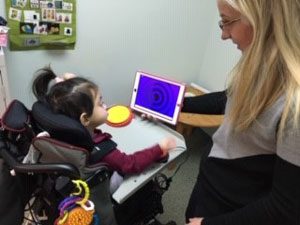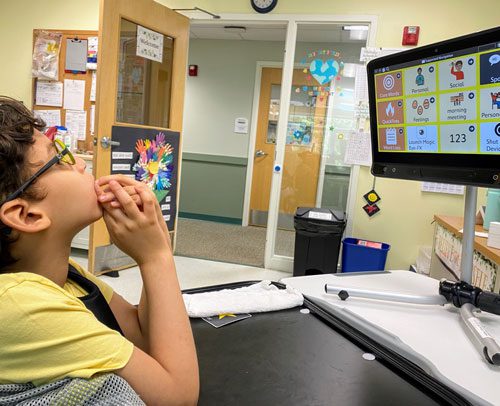I love to help children develop to their full potential and I love to help them participate in family and community activities. For both reasons, I love assistive technology.
When most people think of assistive technology they think of high technology like a computer or an iPad. A goal of assistive technology, however, is to find the lowest cost, most efficient item that will do the job. The legal definition of an assistive technology device from the (IDEA) Individuals with Disabilities Education Act is as follows:
Any item, piece of equipment or product system, whether acquired commercially off the shelf, modified, or customized, that is used to increase, maintain, or improve the functional capabilities of children with disabilities. (Authority 20 U.S.C. 1401(1))


In other words, it is a thing that helps a child do what he or she needs to do. The child’s strengths and needs are the focus of assistive technology, and every assistive technology assessment starts with an assessment of the child. There is a feature matching process between the child and the technology, and a training period may be required. Companies that sell assistive technology may offer a trial period for a device to make sure it is the best option before buying.
Assistive technology may be categorized as high, mid, or light technology. Even though high tech has a cool factor, it has down sides at times. For example, a child, learning to communicate, may be distracted by the noise of voice output or may be so entranced by the screen that he loses interest in communicating. In both cases, picture supports, a light technology option, may work better or sign language may be a good strategy.
For more great examples of assistive technology for young children see EZ at 2: Simple Assistive Technology Ideas for Children Ages Birth to Three
~ Rachel Daniels, MS, OTR/L, ATP
Occupational Therapist at Partners in Child Development
Assistive Technology Professional
PCCD Northeast Regional Consultation Program, Director



